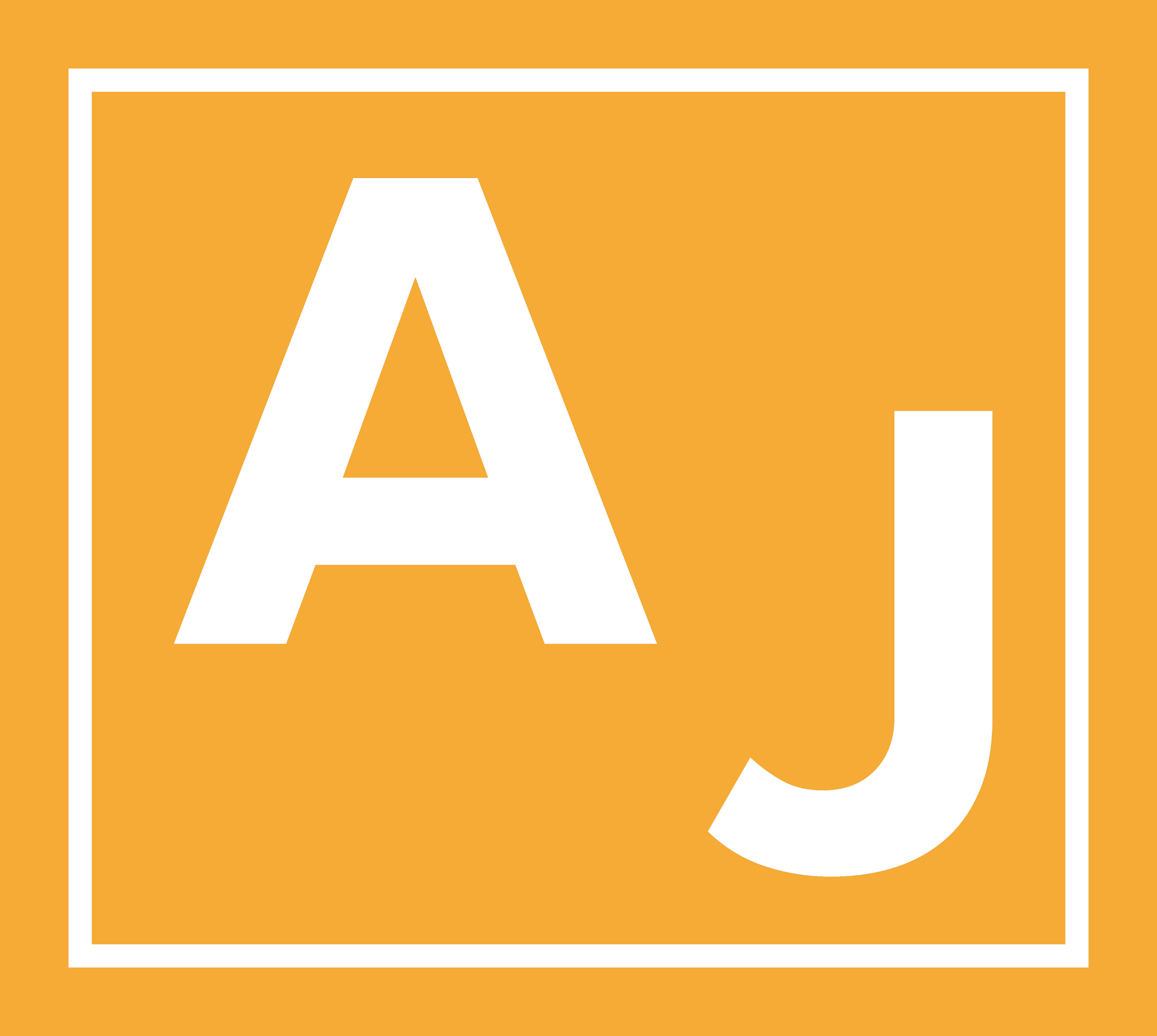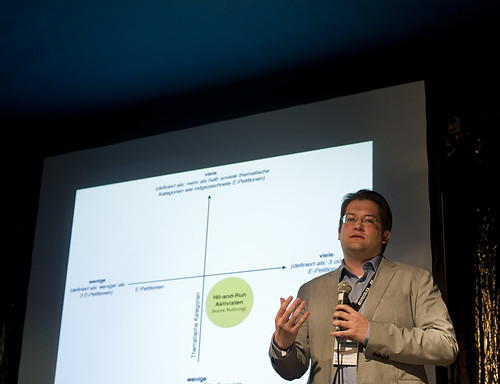A new semester is about to start here at the University of Bamberg. I took the chance and revised the syllabus of my political communication course a bit. Since the summer semester is shorter than the winter semester I had to lose three thematic sessions. So compared to last semester I lost the sessions on “Political Learning: Hard News vs. Soft News”, “Mass Media and Campaigning”, and “Professionalization”. As far as revisions are concerned I added articles by Bennett and Manheim, Markus Prior, and Eva Johanna Schweitzer. Personally I feel the readings of the course cover the topic quite well. Still, if you have advice on what could be added or should be changed I’d be very interested in your comments.
General Readings
Denis McQuail. 2010. “News Public Opinion and Political Communication,” in: McQuail’s Mass Communication Theory. 6. Auflage. London: Sage, 503-536.
Donald R. Kinder. 2003. “Communication and Politics in the Age of Information,” in: David O. Sears, Leonie Huddy and Robert Jervis (eds.). Oxford Handbook of Political Psychology. New York: Oxford University Press, 357-393.
Holli A. Semetko. 2004. “Media, Public Opinion, and Political Action,” in: John D. H. Downing, Denis McQuail, Philip Schlesinger and Ellen Wartella (eds.). The Sage Handbook of Media Studies. Thousand Oaks, CA: Sage, 351-374.
Winfried Schulz. 2008. Politische Kommunikation: Theoretische Ansätze und Ergebnisse empirischer Forschung. 2. Auflage. Wiesbaden: VS Verlag für Sozialwissenschaften.
Introduction
Werner J. Severin and James W. Tankard. 1992. “Scientific Method,” in: Communication Theories: Origins, Methods, and Uses in the Mass Media. 3. Auflage. New York: Longman, 19-35.
Werner J. Severin and James W. Tankard. 1992. “Effects of Mass Communication,” in: Communication Theories: Origins, Methods, and Uses in the Mass Media. 3. Auflage. New York: Longman, 247-268.
Strong Media Effects and Propaganda
Mandatory Reading:
Paul F. Lazarsfeld and Robert K. Merton. 1949. “Studies in Radio and Film Propaganda,” Transactions of the New York Academy of Sciences 6, 58-79. Reprinted in: Robert K. Merton (ed.). 1968. Social Theory and Social Structure. New York: Free Press, 563-582.
Presentation on:
Klaus Merten. 2000. “Struktur und Funktion von Propaganda,” Publizistik 45 (2), 143-162.
Opinion Leaders and Two-Step-Flow of Communication
Mandatory Reading:
Paul F. Lazarsfeld, Bernard Berelson and Hazel Gaudet. 1944. “The Nature of Political Influence,” in: The People’s Choice: How the Voter Makes Up His Mind in a Presidential Campaign. New York: Duell Sloan and Pearce, 150-158.
Steven H. Chaffee and John L. Hochheimer. 1982. “The Beginnings of Political Communication Research in the US: Origins of the Limited Effects Model”, in: Everett M. Rogers and Francis Balle (eds.). The Media Revolution in America and Western Europe. Norwood, NJ: Ablex, 263-283.
Presentation on:
John P. Robinson. 1976. Interpersonal Influence in Election Campaigns: Two Step-Flow Hypotheses. Public Opinion Quarterly 40 (3), 304-319.
W. Lance Bennett and Jarol B Manheim. 2006. “The One-Step Flow of Communication, ” The Annals of the American Academy of Political and Social Science 608, 213-232.
Minimal Effects: Reinforcement and Slectivity
Mandatory Reading:
Paul F. Lazarsfeld, Bernard Berelson and Hazel Gaudet. 1944. “The Types of Changes,” in: The People’s Choice: How the Voter Makes Up His Mind in a Presidential Campaign. New York: Duell Sloan and Pearce, 65-104.
David O. Sears and Jonathan L. Freedman. 1965. “Selective Exposure to Information: A Critical Review,” Public Opinion Quarterly 31 (2), 194-213.
Presentation on:
Natalie Jomini Stroud. 2008. “Media Use and Political Predispositions: Revisiting the Concept of Selective Exposure,” Political Behavior 30 (3), 341-366.
Shanto Iyengar and Kyu S. Hahn. 2009. “Red Media, Blue Media: Evidence of Ideological Selectivity in Media Use,” Journal of Communication 59 (1), 19-39.
Return to the Concept of Powerful Mass Media: Spiral of Silence
Mandatory Reading:
Elisabeth Noelle-Neumann. 1991. “The Theory of Public Opinion: The Concept of the Spiral of Silence,” in: James A. Anderson (ed.). Communication Yearbook 14. Newbury Park, CA: Sage, 256-287.
Serge Moscovici. 1991. “Silent Majorities and Loud Minorities,” in: James A. Anderson (ed.). Communication Yearbook 14. Newbury Park, CA: Sage, 298-308.
Presentation on:
Diana C. Mutz and Joe Soss. 1997. “Reading Public Opinion: The Influence of News Coverage on Perceptions of Public Sentiment,” Public Opinion Quarterly 61 (3), 431-451.
Carroll J. Glynn, Andrew F. Hayes, James Shanahan [@JamesShanahan]. 1997. “Perceived Support for One’s Opinion and Willingness to Speak Out,” Public Opinion Quarterly 61 (3), 452-463.
Agenda Setting and Priming
Mandatory Reading:
Maxwell E. McCombs and Donald L. Shaw. 1972. “The Agenda-Setting Function of Mass Media,” Public Opinion Quarterly 36 (2), 176-187.
Shanto Iyengar and Donald R. Kinder. 1987. “A Primordial Power?” in: News that Matters: Television and American Opinion. Chicago: The University of Chicago Press, 1-5.
Shanto Iyengar and Donald R. Kinder. 1987. “The Priming Effect,” in: News that Matters: Television and American Opinion. Chicago: The University of Chicago Press, 63-72.
Presentation on:
Lutz Erbring, Edie N. Goldenberg and Arthur H. Miller. 1980. “Front-Page News and Real-World Cues: A New Look at Agenda-Setting by the Media,” American Journal of Political Science 24 (1), 16-49.
Steven H. Chaffee and Miriam J. Metzger. 2001. “The End of Mass Communication?” Mass Communication and Society 4 (4), 365-79.
Framing
Mandatory Reading:
Dennis Chong and James N. Druckman. 2007. “Framing Theory,” Annual Review of Political Science 10, 103-126.
Robert M. Entman. 1993. “Framing: Toward Clarification of a Fractured Paradigm,” Journal of Communication 43 (4), 51-58.
Presentation on:
James N. Druckman. 2004. “Political Preference Formation: Competition, Deliberation, and the (Ir)relevance of Framing Effects,” American Political Science Review 98 (4), 671-686.
Dietram A. Scheufele [Blog] [@dietram] and David Tewksbury. 2007. “Framing, Agenda-Setting, and Priming: The Evolution of Three Media-Effects Models,” Journal of Communication 57 (1), 9-20.
Knowledge Gap and Digital Divide
Mandatory Reading:
Philip J. Tichenor, George A. Donohue and Clarice N. Olien. 1970. “Mass Media Flow and Differential Growth in Knowledge,” Public Opinion Quarterly 34 (2), 159-170.
Pippa Norris [Blog]. 2001. “Civic Engagement,” in: Digital Divide: Civic Engagement, Information Poverty, and the Internet Worldwide. Cambridge: Cambridge University Press, 217-232.
Presentation on:
Markus Prior. 2005. “News vs. Entertainment: How Increasing Media Choice Widens Gaps in Political Knowledge and Turnout“, American Journal of Political Science 49 (3), 577-592.
Eszter Hargiatti [Blog] [@eszter] and Amanda Hinnant. 2008. “Digital Inequality: Differences in Young Adults’ Use of the Internet,” Communication Research 35 (5), 600-621.
The Selection of News and the Construction of Reality
Mandatory Reading:
Hans Mathias Kepplinger. 1989. “Theorien der Nachrichtenauswahl als Theorien der Realität,” Aus Politik und Zeitgeschichte, B15, 3-16.
W. Lance Bennett. 1990. “Towards a Theory of Press-State Relations in the United States,” Journal of Communication 40 (2), 103-125.
Presentation on:
W. Lance Bennett, Victor W. Pickard, David P. Iozzi, Carl L. Schroeder, Taso Lago and C. Evans Caswell. 2004. “Managing the Public Sphere: Journalistic Constructions of the Great Globalization Debate,” Journal of Communication 54 (3), 437-455.
Harvey Molotch and Marily J. Lester. 1974. “News as Purposive Behavior: On the Strategic Use of Routine Events, Accidents, and Scandals,” American Sociological Review 39 (1), 101-112.
Mass Media and Politics
Mandatory Reading:
Winfried Schultz. 2004. “Reconstructing Mediatization as an Analytical Concept,” European Journal of Political Communication 19 (1), 87-102.
Michael J. Robinson. 1976. “Public Affairs Television and the Growth of Political Malaise: The Case of The Selling of the Pentagon,” American Political Science Review, 70, 409-43.
Presentation on:
Christina Holtz-Bacha. 1989. “Verleidet uns das Fernsehen die Politik? Auf den Spuren der Videomalaise,” in: Max Kaase and Winfried Schulz (eds.). Massenkommunikation. Theorien, Methoden, Befunde. Opladen: Westdeutscher Verlag, 239-252.
Joseph N. Capella. 2002. “Cynicism and Social Trust in the New Media Environment,” Journal of Communication 52 (1), 229-241.
Political Communication Online
Mandatory Reading:
Eva Johanna Schweitzer and Steffen Albrecht. 2011. “Das Internet im Wahlkampf: Eine Einführung,” in: Eva Johanna Schweitzer and Steffen Albrecht (eds.). Das Internet im Wahlkampf: Analysen zur Bundestagswahl 2009. Wiesbaden: VS-Verlag, 9-68.
Presentation on:
Matthew Hindman. 2005. “The Real Lessons of Howard Dean: Reflections on the First Digital Campaign,” Perspectives on Politics 3 (1), 121-128.
Eva Johanna Schweitzer. 2010. “Normalisierung 2.0: Die Online-Wahlkämpfe deutscher Parteien zu den Bundestagswahlen 2002-2009,” in: Christina Holtz-Bacha (ed.). Die Massenmedien im Wahlkampf: Das Wahljahr 2009. Wiesbaden: VS-Verlag, 189-244.
[Update 5 May 2011]
Well, I guess a plan is exactly that until it hits real life and so I added two further texts to the mix:
Samuel J. Eldersveld. 1956. “Experimental Propaganda Techniques and Voting Behavior,” The American Political Science Review 50 (1), 154-165.
Rachel K. Gibson and Ian McAllister. 2011. “Do Online Election Campaigns Win Votes? The 2007 Australian “YouTube” Election,” Political Communication 28 (2), 227-244.










